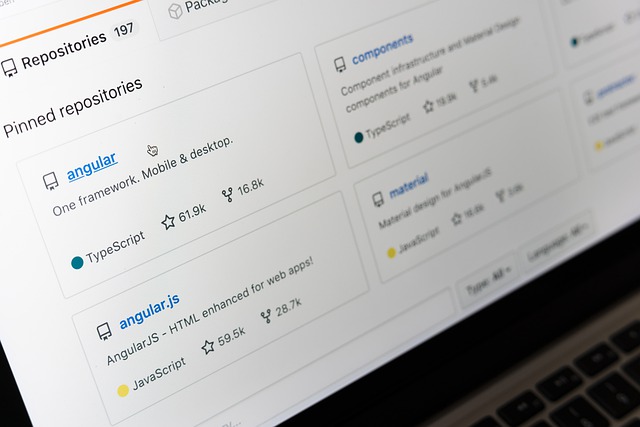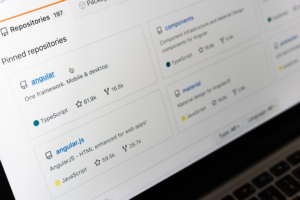Waha Hub spot gas basis discount narrows ahead of completed PHP maintenance – Hellenic Shipping News Worldwide
Planned maintenance on the Permian Highway Pipeline is set to conclude May 13, increasing eastbound Permian takeaway capacity May 14 and narrowing the Waha Hub cash basis discount to Henry Hub cash on May 13 trading for flows May 14-16.
The 2.1 Bcf/d intrastate Permian Highway Pipeline brings gas from the Waha part of the Permian Basin east to the Katy, Texas, area.Waha Hub rose 50 cent…….

Planned maintenance on the Permian Highway Pipeline is set to conclude May 13, increasing eastbound Permian takeaway capacity May 14 and narrowing the Waha Hub cash basis discount to Henry Hub cash on May 13 trading for flows May 14-16.
The 2.1 Bcf/d intrastate Permian Highway Pipeline brings gas from the Waha part of the Permian Basin east to the Katy, Texas, area.
Waha Hub rose 50 cents to reach $7.255/MMBtu in May 13 trading, narrowing its spread to Henry Hub cash to 45.50 cents from 55 cents, preliminary settlement data from S&P Global Commodity Insights showed.
With more gas able to flow to the Texas Gulf Coast from the Permian May 14, some East Texas spot gas price spreads to Henry Hub cash flipped to discounts in May 13 trading. The Katy Hub cash spread to Henry Hub cash shifted to a 23.50-cent discount after seeing a 13-cent premium May 12. Similarly, the Houston Ship Channel cash spread reversed into an 18-cent discount May 13, after settling at a 13.5-cent premium in the prior day’s settlement.
PHP maintenance
PHP started planned compressor station maintenance May 3, with three stages of capacity restrictions. The first stage, May 3-6, involved the most substantial capacity reductions, limiting eastbound capacity to 1.1 Bcf/d. The Waha Hub basis discount blew out to $1.815 May 4 and $1.455 May 5. The Permian gas benchmark spread to Henry Hub cash has largely remained under $1 since two new intrastate pipelines—Permian Highway and Whistler—entered service in 2021. But pipeline maintenance work that reduces takeaway capacity out of the basin can push spreads wider, as was the case in late March when Gulf Coast Express embarked on four days of planned maintenance.
The second stage of the maintenance, May 7-9, increased capacity to 1.8 Bcf/d. In May 6 trading for May 7-9 flows, Waha Hub’s discount narrowed by 94.50 cents to 51 cents.
The third and final stage of the PHP maintenance, May 10-13, reduced eastbound capacity by 150 MMcf/d to 1.65 Bcf/d. The price reaction to the final stage of the maintenance was more muted, as very hot temperatures in Texas boosted gas-fired power demand.
Outlook
Looking ahead, strong local gas demand could further narrow the Waha Hub basis spread in the near term.
The US National Weather Service forecast that the highs in the Midland-Odessa area of West Texas will flirt with the triple digits through at least May 17, with the potential for making new record highs. Historical data shows that daily temperature highs for this area are typically in the high 80s Fahrenheit during mid-May.
New York regulators approved a new process for natural gas distribution system planning that seeks to avoid new investment in fossil fuel infrastructure and reduce greenhouse gas emissions.
The New York State Public Service Commission voted May 12 to adopt an order that largely reflected a February 2021 proposal by staff at the Department of Public Service, or DPS. The commission opened the proceeding in March 2020 in order to align supply planning with New York’s Climate Leadership and Community Protection Act (20-G-0131).
“The gas planning procedures we are adopting today will ensure that gas utilities continue to provide safe, adequate and reliable service while striving to meet the state’s greenhouse gas emissions reduction targets,” Commission Chair Rory Christian said in a statement.
The commission included provisions to dampen future demand in recent rate cases. But the new policy will challenge local gas distribution companies to rely on demand-side solutions to an unprecedented degree. This has already proven difficult for National Grid’s downstate subsidiaries, which have warned that they might have to impose a moratorium on new gas hookups to maintain safe, reliable service.
In a related order, the commission also adopted guidelines for gas utilities facing gas supply constraints, establishing rules for imposing, managing and lifting a moratorium. It stems from ongoing moratoria and a 2019 dispute with National Grid over its six-month moratorium in New York City and Long Island.
Since the commission opened the proceeding, the policy environment has shifted substantially. The state’s Climate Action Council in December 2021 recommended building electrification mandates and strategically phasing out parts of the gas distribution system. The same month, New York City banned gas hookups in new buildings. And during the commission’s meeting, the New York State Assembly, which is considering a statewide gas ban, held an all-day hearing on building electrification.
Commissioners addressed the uncertainty caused by the changes. Commissioner Diane Berman expressed concern that the commission would move too swiftly to facilitate a downsizing of the gas grid, overlooking other decarbonization pathways such as hydrogen and renewable natural gas.
Commissioner John Howard suggested that lawmakers could pass building electrification legislation in the final days of New York’s legislative session. “Every few months, it seems there is no solid ground under our feet, regarding the issue of natural gas and the natural gas system,” Howard said. “And I don’t know when we’re going to get some solid ground.”
Focuses on reducing gas use
The new gas system planning process will require the LDCs to file a long-term plan every three years. These plans must include a 20-year gas demand forecast and outline how the company will address the demand.
Within the plans, the LDC will have to provide multiple supply scenarios. At least one scenario must demonstrate how the utility would meet forecast demand without installing any new infrastructure. In this scenario, the LDC would rely entirely on methods such as energy efficiency, electrification and demand response.
The LDCs often seek to address supply shortfalls by contracting for additional gas shipments or taking delivery of compressed or liquefied natural gas. Going forward, they would have to justify those supply-side solutions in their long-term plans.
Commissioner John Maggiore questioned whether LDCs could “game the system” by making a bad faith case against the no-infrastructure scenario. But the new process will require an independent consultant to review the long-term plans and will expand the stakeholder feedback process.
The DPS expected both the consultant and stakeholders to scrutinize the gas utilities’ scenario assumptions, said Chris Stolicky, chief of gas planning and reliability at the DPS. DPS staff has decided that exploring several supply plans is important to maintaining a safe and reliable system, Stolicky said.
The order set in motion the next steps for the commission, including potential changes to New York’s 100-foot rule. The long-standing regulation has encouraged new gas hookups by spreading the cost of service line and main extensions for new customers among the existing rate base.
Source: Platts







